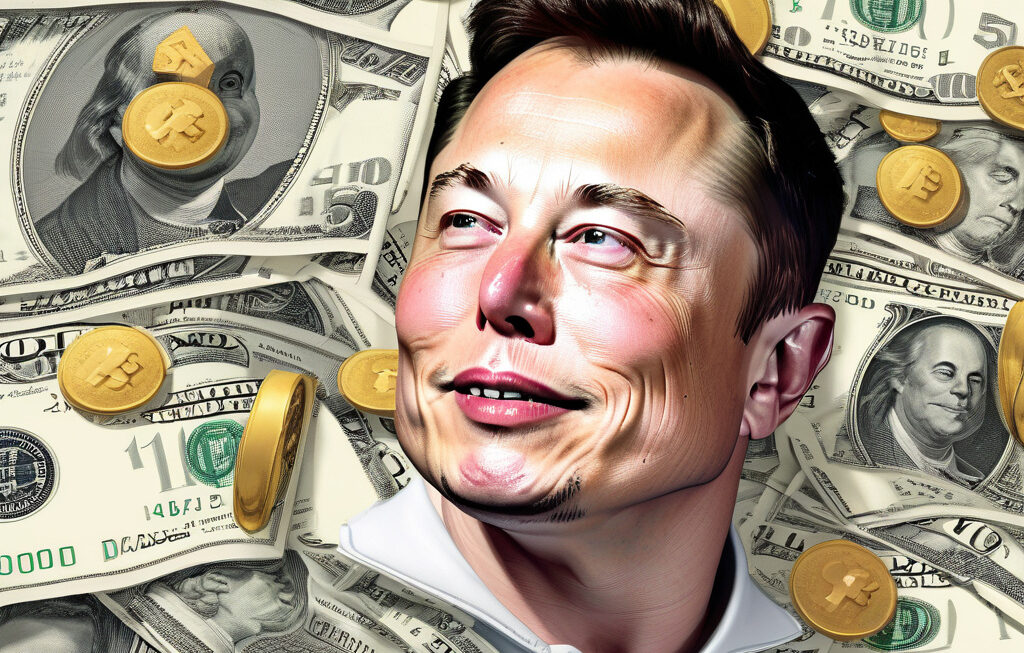Tokenisation: Reshaping Wall Street with SEC Insider Support
In the realm of finance, the concept of tokenisation has been gaining significant traction in recent years. This innovative approach involves the digitisation of assets, transforming them into tokens that can be easily traded on blockchain networks. One prominent advocate for this transformative technology is Hester Peirce, a commissioner at the Securities and Exchange Commission (SEC). Peirce envisions tokenisation as the future of financial markets, offering enhanced accessibility and efficiency for investors and market participants alike.
At its core, tokenisation involves the representation of real-world assets, such as stocks, bonds, real estate, or commodities, as digital tokens on a blockchain. These tokens are programmable, divisible, and can be traded peer-to-peer without the need for traditional intermediaries. This not only streamlines the trading process but also opens up new opportunities for fractional ownership and increased liquidity in markets that were previously illiquid.
Peirce, often referred to as “Crypto Mom” for her supportive stance on digital assets, believes that tokenisation has the potential to democratise access to investment opportunities. By leveraging blockchain technology, investors of all sizes can gain exposure to a diverse range of assets with lower barriers to entry. This could level the playing field, allowing retail investors to participate in markets that were once dominated by institutional players.
Furthermore, tokenisation holds the promise of increased efficiency in the trading and settlement of assets. By automating processes through smart contracts, transactions can be executed in real-time, reducing the need for multiple intermediaries and minimizing the risk of errors or delays. This not only lowers transaction costs but also enhances transparency and security, as all transactions are recorded on an immutable ledger.
One of the key advantages of tokenisation is its potential to unlock liquidity in traditionally illiquid markets. By fractionalising assets into smaller, tradable units, tokenisation allows investors to buy and sell stakes in high-value assets with ease. This could revolutionise industries such as real estate, where properties can be tokenised and traded in fractions, giving investors access to a diversified portfolio of real estate assets without the need for large capital outlays.
Moreover, tokenisation has the potential to enable new forms of financing, such as initial coin offerings (ICOs) and security token offerings (STOs). These mechanisms allow companies to raise capital by issuing digital tokens that represent ownership rights or stakes in the company. By bypassing traditional fundraising methods, companies can access a global pool of investors and streamline the capital-raising process.
In conclusion, the endorsement of tokenisation by SEC insider Hester Peirce underscores the transformative potential of this technology in reshaping Wall Street. By digitising assets and leveraging blockchain networks, tokenisation offers enhanced accessibility, efficiency, and liquidity in financial markets. As the industry continues to embrace innovation, the adoption of tokenisation could pave the way for a more inclusive and transparent financial ecosystem.
tokenisation, Wall Street, SEC, blockchain, digital assets












